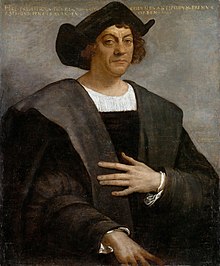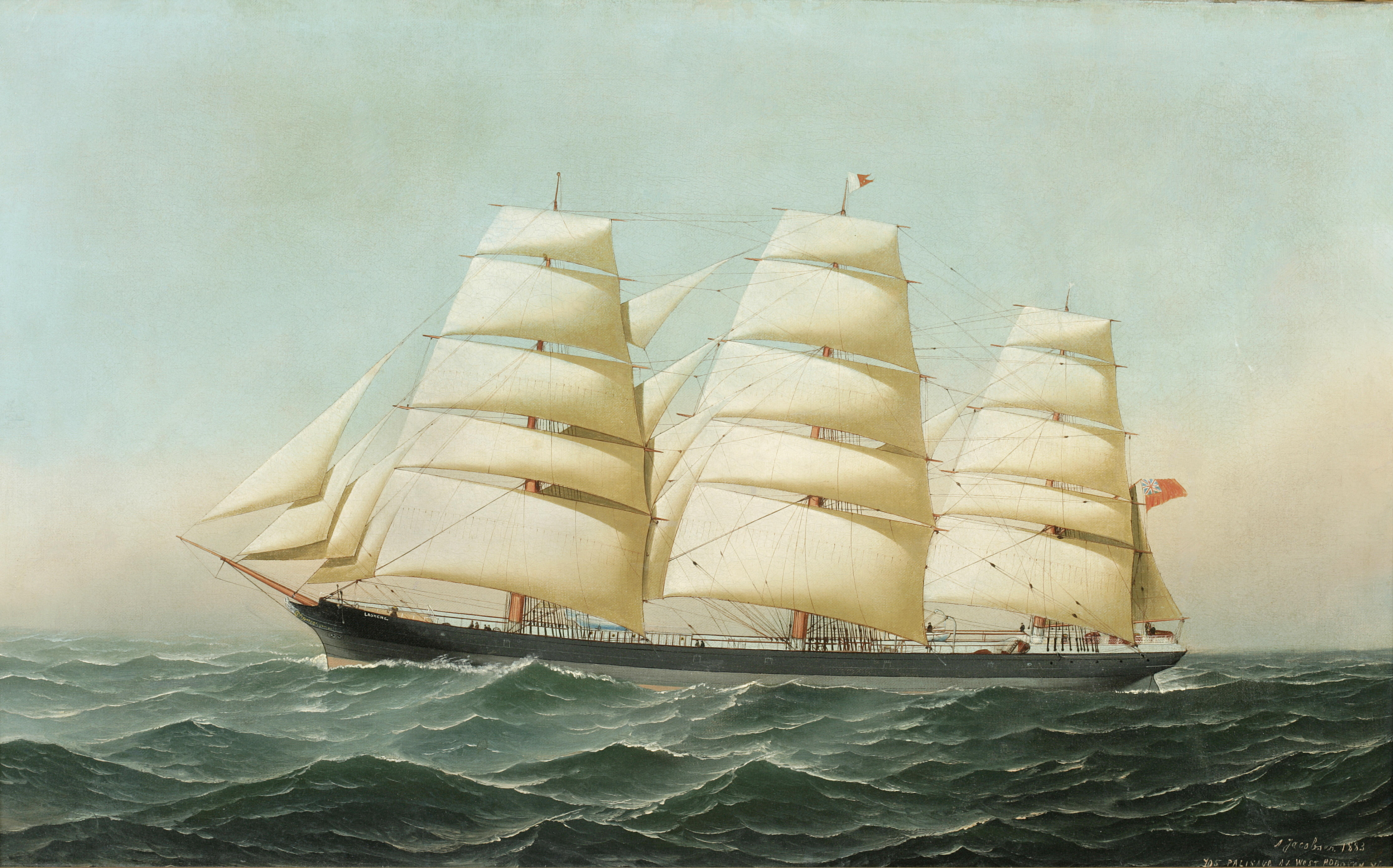legoboyvdlp
Registered
Welcome!

The government of Balanest is pleased to welcome you to this website! Please bear with us while we construct the site. Thank you for your patience!
Balanest is a nation on the continent of Kian.
Economy
Balanest has a moderately developed economy with a GDP of €37,769 per capita for a total GDP of €1.56 trillion. Important industries include aviation, automobile production, ship building , and agriculture in the form of production of bannanas, coffee, and maize. There is a small sector of high tech electronics developing, which is producing devices for the Ministry of Defence and for export.
The currency, the Euri, has a value of 1.80 NSD.
Taxation is at a flat 20% of income for the upper 80% of the population, with the lower quintile paying no income tax. Sales tax is at a value of 12.5% and corporation tax 8%.
Income for the government in 2018 was:
Income tax: €202,217,358,240 (€202.2bn)
Sales tax: €195,024,550,040 (€195bn)
Corporation tax: €114,035,848,910 (€114bn)
National Insurance:
Other taxes:
Government
Balanest is a unitary state with three branches of government:
Executive:
The 54th President of the State: Marian Lloyd
Vice President of the State: Benjamin Huff
Powers: May issue presidential decrees. Separate ministries may subject to devolved power from the legaslative create laws on their area of concern. Office of the President has complete control over armed forces.
Ministries:
Foreign Affairs: Markus Pithon
Defence: Potrus Harris
Trade: Peprina Margrita
Transport: Hayden Hogan
Legaslative:
Unicameral legislature: National Assembly with 363 deputies.
Powers: may dismiss executive branch (majority determines executive). May create laws and veto presidential decrees. May ratify Supreme Court decisions.
Judicial:
Supreme Court: 11 Magistrates
Powers: May impeach president or deputies. May declare a decree or law unconstitutional. Provides legal advice to executive and legislative.
Geography:
Balanest has eleven provinces, each of roughly equal size. Each is subdivided into eleven districts divided according to population so that each has a simar number of people.
There are mountains and a major river dividing Balanest from Krevt to the west.
History
In 1541, Soncho Gorroza set out from what was then the Ninhundish Empire, commissioned by Grand Emperor Geirolf VI [1] to investigate the possibility of opening trade routes from Ninhland to south Meterra by sailing north west around the planet without navigating the then present routes. Unfortunately for the explorer, the massive continent of Kian was in his intended path. Upon sighting the hitherto unknown coasts, he claimed them for Ninhland and named the region Balanest, after his wife, Donna Balasta. Unbeknown to him, explorers from other countries had already discovered the continent and had colonised parts, with an impassable mountain range between Balasten and the already-colonised regions.

Portrait of Soncho Gorroza
On his voyage home, Gorroza was shipwrecked on a coral reef surrounding a calm lagoon: with the dangerous rocks just visible above the surface, the lookouts had no chance of spotting the reef. Rescued by the sailors of the nearest country, he was brought before the king, who believing him to be a spy, cast him in a dungeon, where the poor man died, never to be seen again in Ninhland. Unfortunately, his logbook had been discovered by a sailor in the wreck, who not knowing what was in it, sold it at the market. In 1621, the leader of a dissatisfied faction came across it, and to avoid needless bloodshed, chartered a vessel to carry the faction to this new land of Balanest, which they claimed as their own.

A portrait of the Sunflower, the ship chartered to carry the migrants to their new home.
Upon arrival, the colonists set up a democratic utopia, with every man having a voice in the affairs of the government. Unfortunately, matters quickly degenerated into anarchistic chaos, which after many years of conflict resulted in the establishment of a strong central government in 1746, with the leader elected by the people, which continues until the present day.
References
[1] - https://forum.thenorthpacific.org/topic/9152670/#post-10190341

The government of Balanest is pleased to welcome you to this website! Please bear with us while we construct the site. Thank you for your patience!
Balanest is a nation on the continent of Kian.
Economy
Balanest has a moderately developed economy with a GDP of €37,769 per capita for a total GDP of €1.56 trillion. Important industries include aviation, automobile production, ship building , and agriculture in the form of production of bannanas, coffee, and maize. There is a small sector of high tech electronics developing, which is producing devices for the Ministry of Defence and for export.
The currency, the Euri, has a value of 1.80 NSD.
Taxation is at a flat 20% of income for the upper 80% of the population, with the lower quintile paying no income tax. Sales tax is at a value of 12.5% and corporation tax 8%.
Income for the government in 2018 was:
Income tax: €202,217,358,240 (€202.2bn)
Sales tax: €195,024,550,040 (€195bn)
Corporation tax: €114,035,848,910 (€114bn)
National Insurance:
Other taxes:
Government
Balanest is a unitary state with three branches of government:
Executive:
The 54th President of the State: Marian Lloyd
Vice President of the State: Benjamin Huff
Powers: May issue presidential decrees. Separate ministries may subject to devolved power from the legaslative create laws on their area of concern. Office of the President has complete control over armed forces.
Ministries:
Foreign Affairs: Markus Pithon
Defence: Potrus Harris
Trade: Peprina Margrita
Transport: Hayden Hogan
Legaslative:
Unicameral legislature: National Assembly with 363 deputies.
Powers: may dismiss executive branch (majority determines executive). May create laws and veto presidential decrees. May ratify Supreme Court decisions.
Judicial:
Supreme Court: 11 Magistrates
Powers: May impeach president or deputies. May declare a decree or law unconstitutional. Provides legal advice to executive and legislative.
Geography:
Balanest has eleven provinces, each of roughly equal size. Each is subdivided into eleven districts divided according to population so that each has a simar number of people.
There are mountains and a major river dividing Balanest from Krevt to the west.
History
In 1541, Soncho Gorroza set out from what was then the Ninhundish Empire, commissioned by Grand Emperor Geirolf VI [1] to investigate the possibility of opening trade routes from Ninhland to south Meterra by sailing north west around the planet without navigating the then present routes. Unfortunately for the explorer, the massive continent of Kian was in his intended path. Upon sighting the hitherto unknown coasts, he claimed them for Ninhland and named the region Balanest, after his wife, Donna Balasta. Unbeknown to him, explorers from other countries had already discovered the continent and had colonised parts, with an impassable mountain range between Balasten and the already-colonised regions.

Portrait of Soncho Gorroza
On his voyage home, Gorroza was shipwrecked on a coral reef surrounding a calm lagoon: with the dangerous rocks just visible above the surface, the lookouts had no chance of spotting the reef. Rescued by the sailors of the nearest country, he was brought before the king, who believing him to be a spy, cast him in a dungeon, where the poor man died, never to be seen again in Ninhland. Unfortunately, his logbook had been discovered by a sailor in the wreck, who not knowing what was in it, sold it at the market. In 1621, the leader of a dissatisfied faction came across it, and to avoid needless bloodshed, chartered a vessel to carry the faction to this new land of Balanest, which they claimed as their own.

A portrait of the Sunflower, the ship chartered to carry the migrants to their new home.
Upon arrival, the colonists set up a democratic utopia, with every man having a voice in the affairs of the government. Unfortunately, matters quickly degenerated into anarchistic chaos, which after many years of conflict resulted in the establishment of a strong central government in 1746, with the leader elected by the people, which continues until the present day.
References
[1] - https://forum.thenorthpacific.org/topic/9152670/#post-10190341
Last edited:

